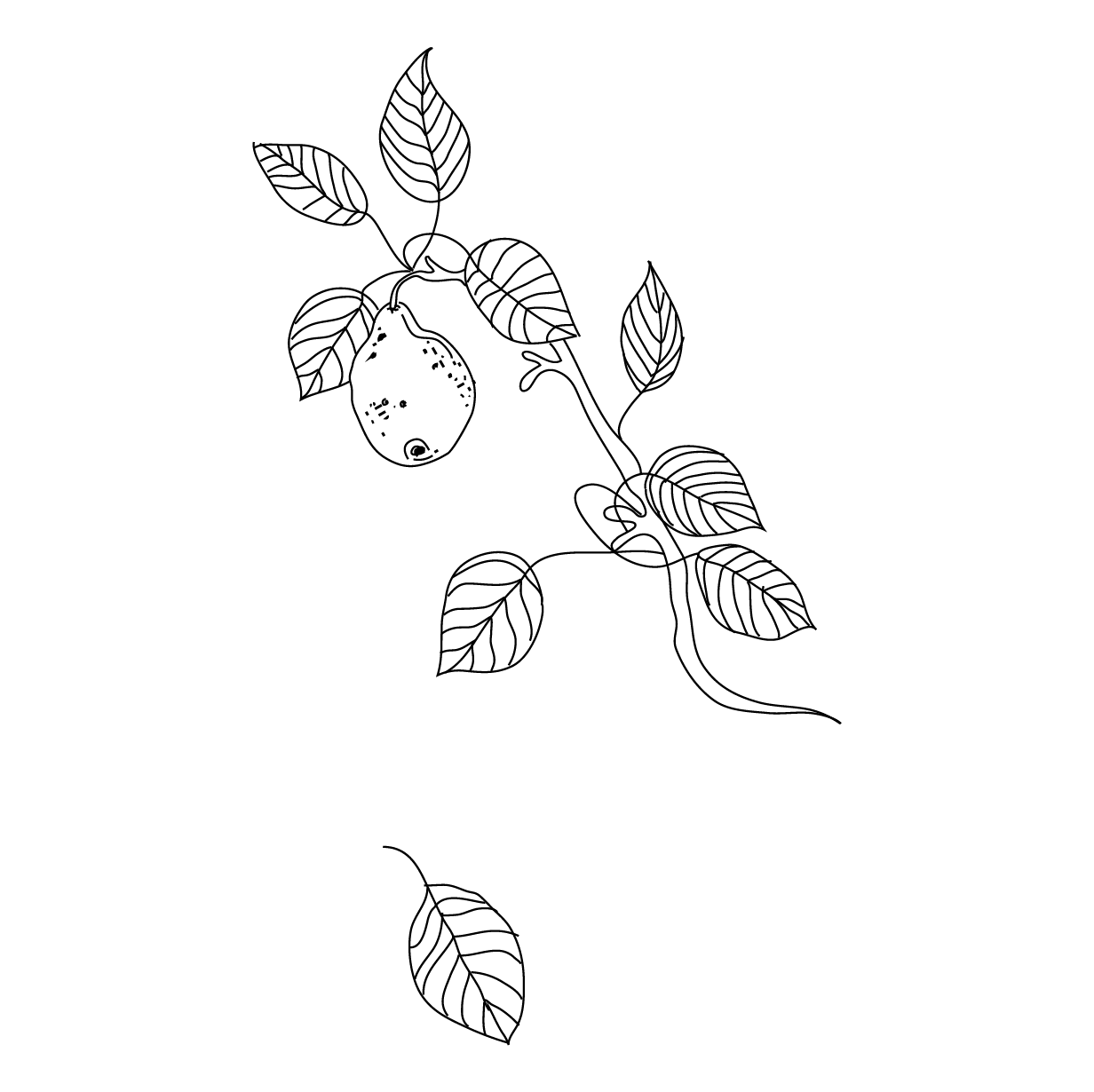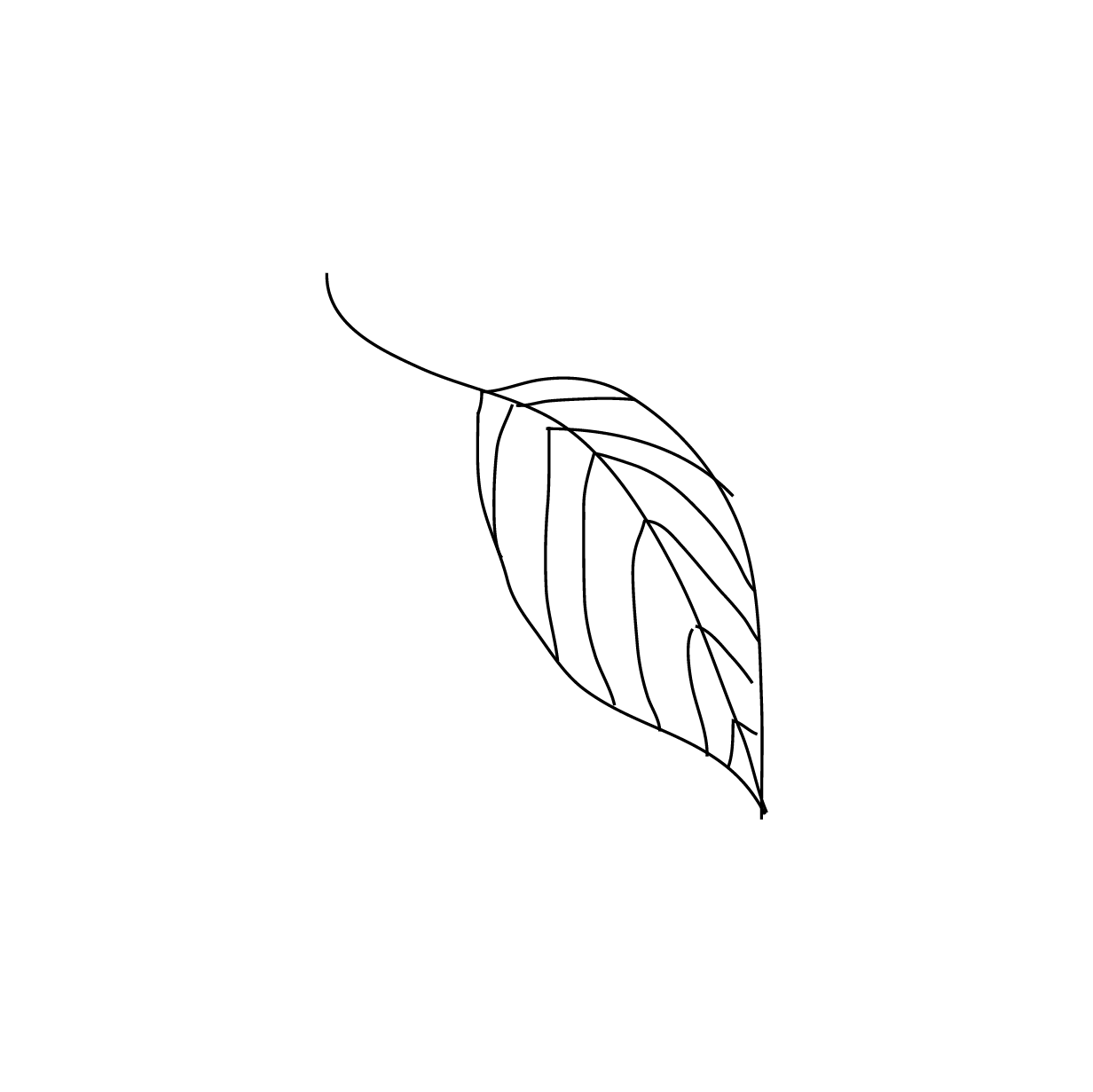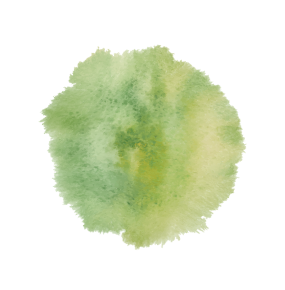


F.A.Q.

Collapsible content
How did you self-publish?
After writing and performing poetry for many years, I was inspired to publish my work. I was in writing workshops – that whole deal. I asked a creative writing professor what I needed to do in order to get published, and their response was don’t bother. I was told it was too difficult. They said poetry basically never got published. I was told that I had a better chance having individual poems published in literary journals, magazines, and anthologies. I then asked them if self-publishing was a good route to take. Immediately I was told – no. To surpass the gatekeeper would be looked down upon by my literary peers.
I started submitting individual poems to anthologies, magazines, and journals. The result was one rejection after another. As I was in the middle of picking and choosing which pieces to submit, I came upon a realization. I felt I was doing a disservice to my larger body of work by plucking pieces out of the collection, throwing them out there in the world, hoping they would land. I realized that my work read differently, when read in its entirety, and separating them didn’t make any sense. That’s when I set my eyes on self-publishing, regardless of what the creative writing professor had said.
I couldn’t be held back by this gatekeeper who was never going to pay attention to me anyway. And so, I edited and designed the book, cover to cover over a span of one to two months.
Then, in November 2014, I self-published using CreateSpace. My family, friends and I hand sold copies at local events, and we tried to get copies at local stores. The hustle and bustle of those years has been one of my favorite memories till date.
Why do you only use lowercase and periods in your poetry?
When I began writing poetry, I could read and understand my mother tongue (Punjabi), but I hadn’t yet developed the skill set to write poetry in it. Punjabi is written in either Shahmukhi or Gurmukhi script. Within the Gurmukhi script, there are no uppercase or lowercase letters. The letters are treated the same. I enjoy this symplicity. It’s symmetrical and straightforward. I also feel there is a level of equality this visuality brings to the work. A visual representation of what i want to see more of within the world: equallness.
The only punctuation that exists within Gurmukhi script is a period – represented through the following symbol: | So in order to symbolize and preserve these small details of my mother language, I ascribe them within my work. No case distinction and only periods. A visual manifestation and ode to my identity as a diasporic Punjabi Sikh woman. It is less about breaking the rules of English (although that’s pretty fun) but more about tying in my own history and heritage within my work.
